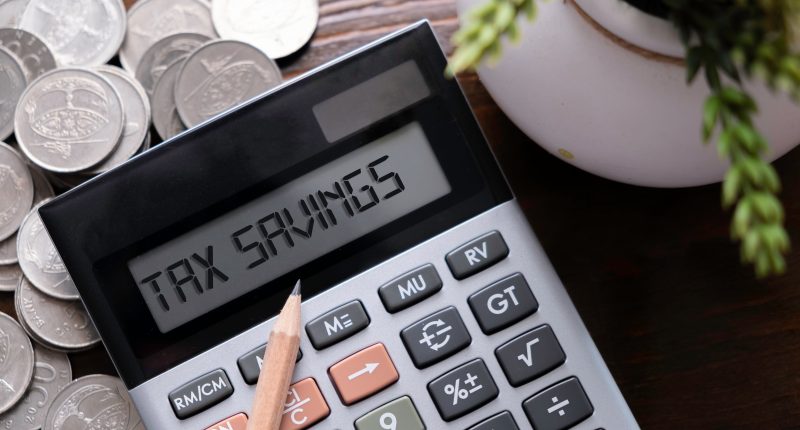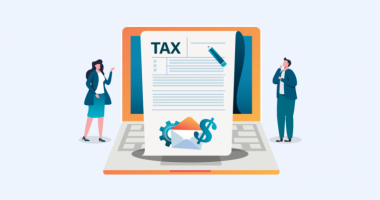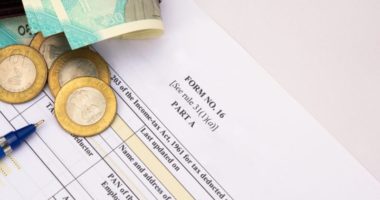A salaried individual earning up to Rs 5-15 lakh as net salary on an annual basis must first take stock of their existing tax liability. After ascertaining the amount of tax that one has to pay, one must plan to save tax by availing tax deductions under the relevant provisions of the Income-Tax Act (ITA), 1961.
To ensure optimum tax savings, an individual can choose to invest in tax-saving instruments, make voluntary donations, take a home loan, or ask an employer to restructure their salary.
When it comes to tax saving, planning in advance always helps, preferably at the beginning of the financial year, to avoid undue stress or hassle while filing the annual income tax return (ITR).
Gain insight into income tax slabs: Typically, the income tax (I-T) department ascertains the tax liability based on annual income. As per the tax slabs, an individual below 60 years is categorised under the tax slab of 5% for an annual income up to Rs 2.5-5 lakh. The 20% tax slab is applicable for an annual income of Rs 5-10 lakh, while the 30% tax slab is applicable for those earning above Rs 10 lakh. Besides, an additional 4% health and education cess is also payable. The government provides a full tax rebate for those earning up to Rs 5 lakh. From the financial year (FY) 2020 onwards, the government has provided for a new tax slab.
A look at tax-saving avenues: By investing in various tax-saving instruments, one can avail of tax deductions up to Rs 1.5 lakh under Section 80C of the ITA, 1961. A few of the tax-saving options include:
Employees’ Provident Fund (EPF): As a retirement benefit scheme for salaried employees, 12% of the basic salary and dearness allowance (DA) is deducted by the employer. Such a fund is deposited in government-recognised provident fund schemes.
Public Provident Fund (PPF): These are government-backed investment instruments with a minimum lock-in period of 15 years. One can partially withdraw funds after seven years and earn interest.
Equity Linked Savings Scheme (ELSS): As tax-saving mutual fund schemes, ELSs provide the dual benefits of tax-saving along with high market-linked returns. Such funds have a minimum lock-in period of three years.
Sukanya Samriddhi Account: It is possible to invest a maximum of Rs 1.5 lakh annually in this government-backed scheme. As a parent of a girl child, one can open an account in the name of a girl child and earn interest up to 8.5%.
Tax-Saving Fixed Deposit (FD): While being quite similar to traditional fixed deposits, these have a minimum lock-in period of five years. An individual can earn interest payouts ranging from 7-9%.
National Saving Certificate (NSC): With a minimum lock-in period of five years, NSC provides an interest payment of up to 8% that is compounded on an annual basis.
National Pension System (NPS): As a government-backed social security scheme, it provides retirement benefits to employees of public, private and unorganised sectors. Typically, it provides for two accounts: Tier I and Tier II. Tier I is a mandatory account and allows for the withdrawal of funds only after an individual retires.
Making voluntary donations: It is possible to save taxes by making donations to various relief funds, such as the Prime Minister’s National Relief Fund, funds for the control of drug abuse, the National Mission for Clean Ganga, or make voluntary contributions to recognised non-governmental organisations (NGOs). Donations made under these are completely exempt from taxation under Section 80G of the ITA, 1961
Opt for a home loan: Taking a home loan could also provide an individual with a tax savings opportunity. Under Section 80C of the ITA, making payments for both interest and principal amount for a home loan is exempt from taxation.
Restructuring of salary components: An individual could approach their employer and request to restructure the salary in a way that allows for tax-saving allowances. Such allowances could include House Rent Allowance (HRA), conveyance, personality development, medical treatment, telephone, uniform, office entertainment, etc. An individual can also claim tax exemptions on their Leave Travel Allowance (LTA) twice in four years.

Rajiv is an independent editorial consultant for the last decade. Prior to this, he worked as a full-time journalist associated with various prominent print media houses. In his spare time, he loves to paint on canvas.





